Buying a 190,000-Mile E39 BMW M5 Was Either a Fantastic or Terrible Idea
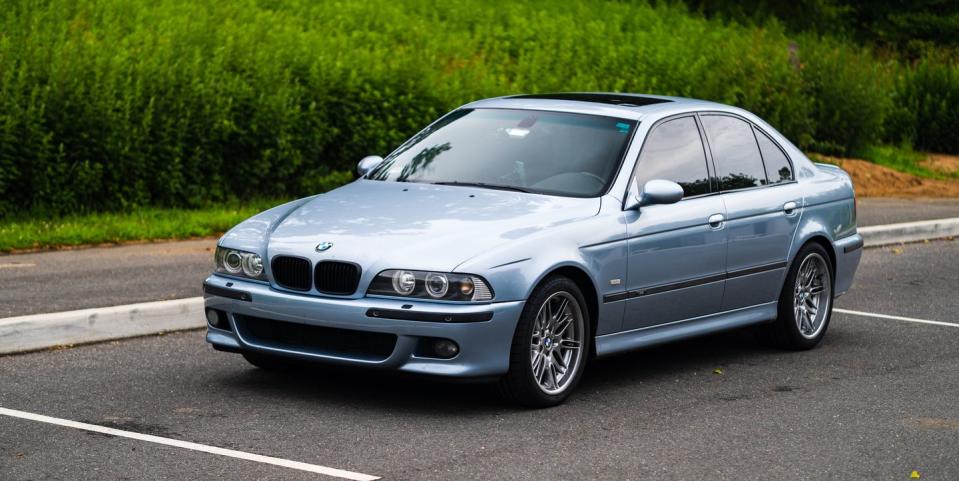
It was literally the first suggestion. Long before I actually made the purchase, even before I had broken in my 2001 Porsche Boxster, staff writer Brian Silvestro told me to get an E39 M5. I said to his face that it was a bad idea. Two months into owning one, I can't quite figure out if I was right.
On the one hand, the E39 M5 is absolutely the right solution to the problem I had described to him. The Boxster was a two-seat convertible, fun for my solo jaunts but useless for a summer that I hoped to fill with weekend trips with friends. It was also slow. Neither of these are problems in the right vehicle; my S2000 could also be described as slow and impractical, but it was special enough that I couldn't possibly care less. But the Boxster was never a car I idolized and not one I ever found charming. It was simply great at everything a sports car should do. I wanted something at least a little bit stupid. Most importantly, it had to work on both road trips and back roads.
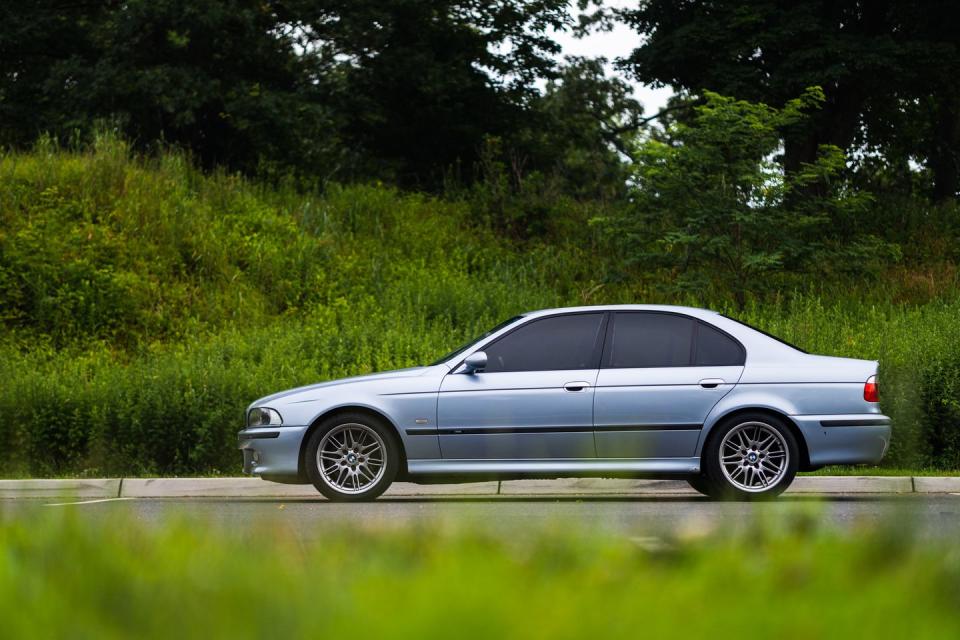
The E39 M5 is the obvious one-car solution to that problem. With a budget of under $20,000, you can't find much that will be more engaging on a track without compromising long-haul comfort and space. I know, because I spent three months combing through the alternative options. Somewhere, I assumed, there was a hidden gem that was just as good as the E39 M5 but more unique and less expensive. The perfect answer.
I'm here to tell you that no such thing exists. Over three months of looking, I concluded that the obvious answer is obvious for a reason. Ads for E55 AMGs, GTOs, E36 M3s, G8s, and more all flowed in an endless stream through my web browser for weeks. Each had merit in their own right, but none truly special enough for me. The M5 was my car in Need For Speed: Hot Pursuit 2. It was the Madonna commercial star, the Cannonball car. It was the car that all sports sedans still had to live up to when seven-year-old me first subscribed to Road & Track. It was the world-ending engine, the continent-crushing demeanor. It was the high redline and the low-end torque. Nothing else had matched star-car energy with tame German severity quite like this; nothing else quite equaled its combination of relentlessness at the top end of the tachometer and quiet competence around town. Not until the second-gen Cadillac CTS-V or the current-gen E63 AMG did someone make a better do-everything car.
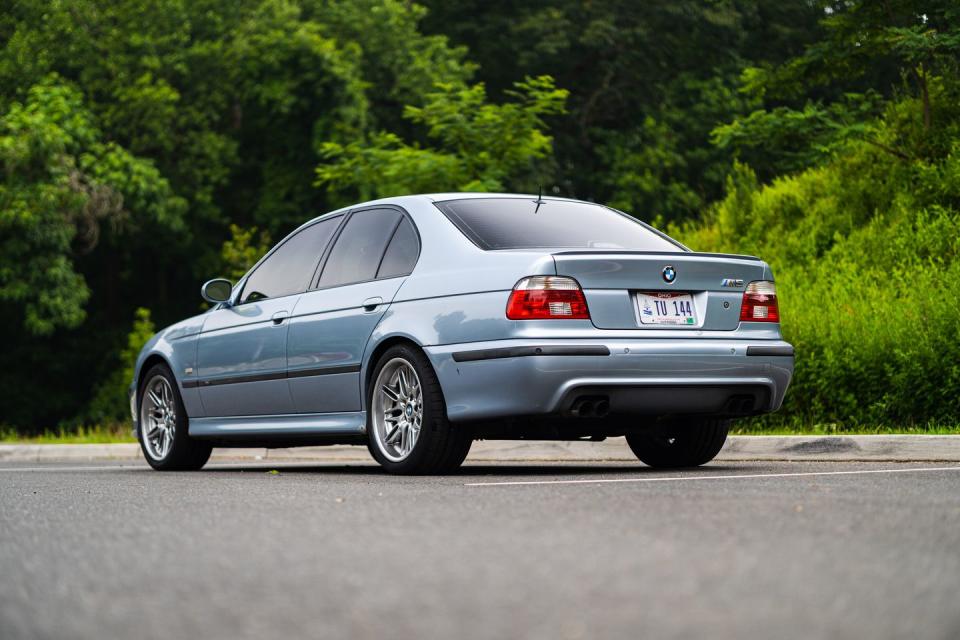
Of course it was the right car to buy. That much is obvious in retrospect. But I was terrified of the very idea for two solid reasons. The first is that a hero car, an all-time great, cannot always live up to your personal expectations.
That exact problem had felled the E46 M3 for me. It was, and probably still is, a great car. I just didn't have the right idea of what it was. It’s so lionized as an enthusiast car that I assumed it would be sharp and firm, a super-serious German thing with precision to shame any old Honda. But that's not what these cars are. They're soft and compliant, they talk to you, they make it all very approachable and friendly. That's a great thing.
But walk into any experience with the wrong expectations and you can still end up disappointed. It didn't matter that the E46 is a great car with a great engine. I expected something that it never claimed to be, so I walked away disillusioned. I was terrified that I’d go through the same thing with the M5.
I didn't. That same compliance and friendliness lives in this car's bones. Because I knew to expect that going in, it was something I loved from the first time I drove one. The E39 M5 invites you to explore its limits, rewards you for doing so, and never punishes you for traveling rough roads at high speeds. The engine is even more charismatic and climactic in its delivery than I expected. The steering, which was criticized in its day for lack of feel, delivers far more information than the modern cars I'm used to. And the noise… By God, the noise. With a custom-fabricated X-pipe and a muffler delete, the example I chose erupts under throttle with the fury of the End of Days. But lift off the throttle, stick it in sixth on an 80-mph highway, and you'll hardly notice an engine is even there. No old used car I've ever driven has proven more suited to high-speed long-distance driving.
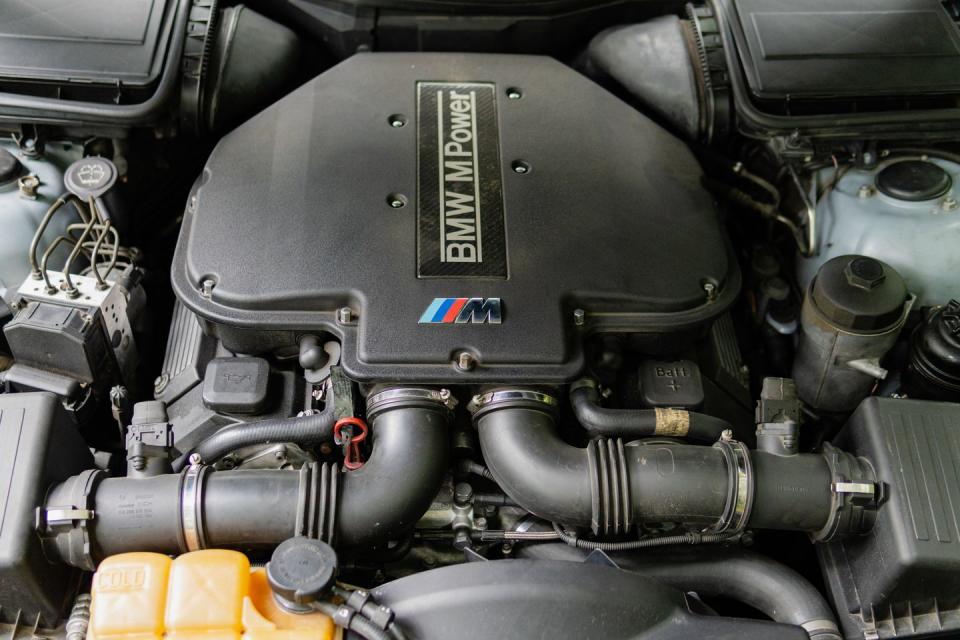
My second concern has proven far more valid. I have until now exclusively owned not just reliable cars, but stereotypically and incredibly reliable cars. Read through a list that includes the Lexus LS400, Toyota 4Runner, Mazda Miata, and the Lincoln Town Car and you'd assume it was an exhaustive inventory of the world's most worry-free automobiles. Even the Porsche I bought was supposedly the cheapest to maintain, so long as you address one catastrophic design fault. All of this was by design, not accident. I don't know anything about wrenching, and I don’t have the space, the tools, the fundamental skills, or the least interest in experimenting on my own cars. Sticking with the easy-to-fix and rare-to-break stuff is the only way I know. In fact, I have spent less than $500 on maintenance altogether—over eight cars. When something breaks, I've usually bought low enough that I can sell the car busted for a profit or at least at break even.
Wading into the world of high-mileage BMWs would be quite the jump. My budget left me deep into the high six figures on any M5's odometer. At this age, every example will need some care and attention. I was terrified that mine would require numerous fixes. Not only that, but I figured if something did break it'd be far more expensive to repair than what I was used to.
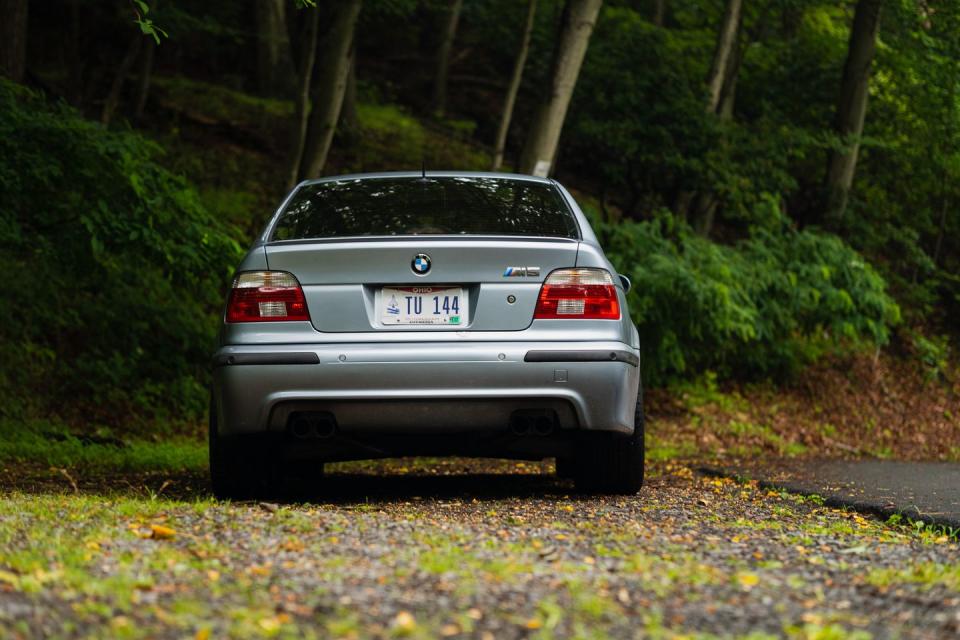
You'd think it'd take a long ownership period to determine if I was right to worry. But there's a reason that this story is running two months after I bought the car. A story needs photos. Photos require the car to move under its own power without serious issue. And, as I'll explain in my next piece about the M5, that very quickly became impossible.
You Might Also Like

 Yahoo Autos
Yahoo Autos 